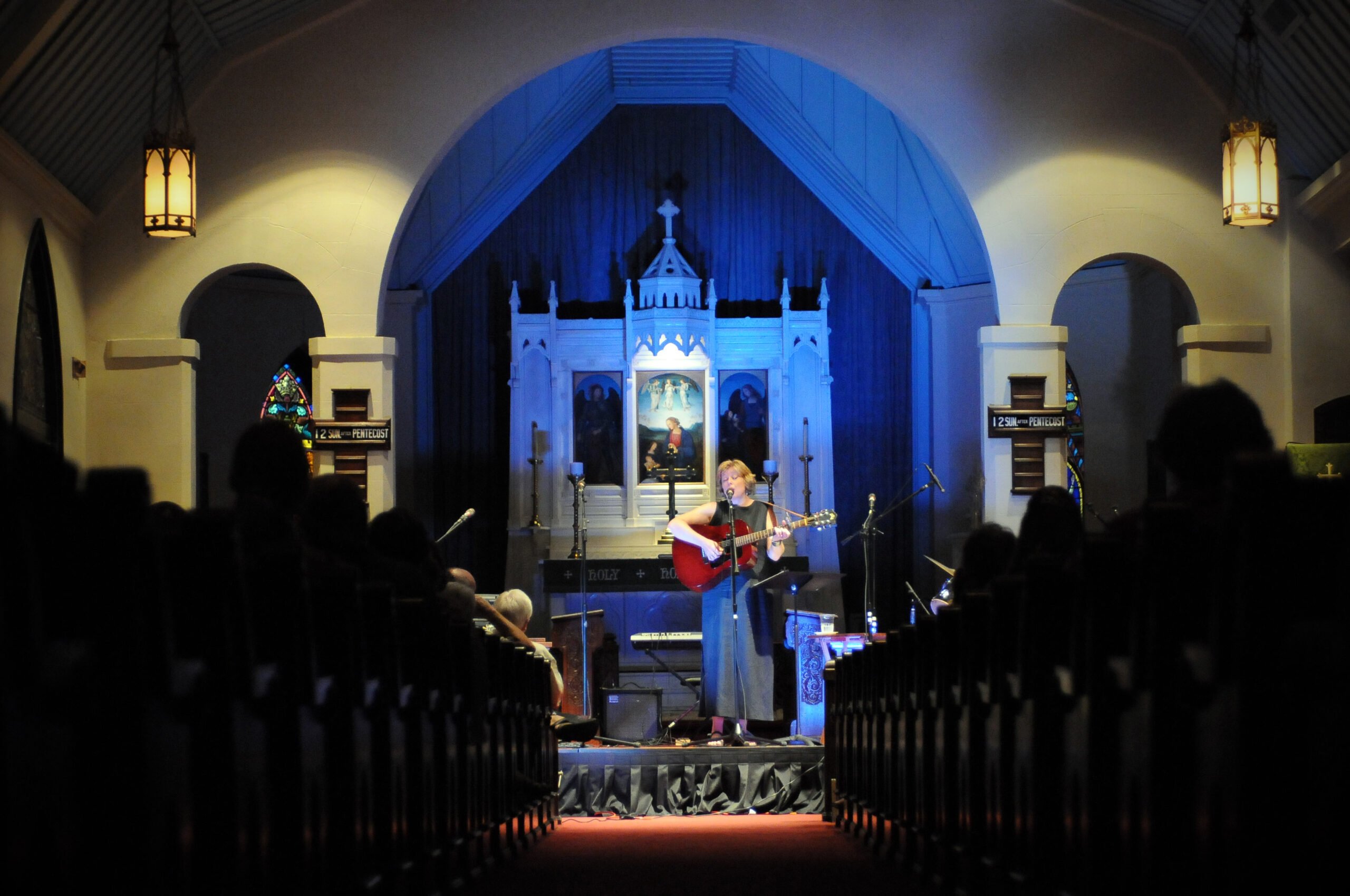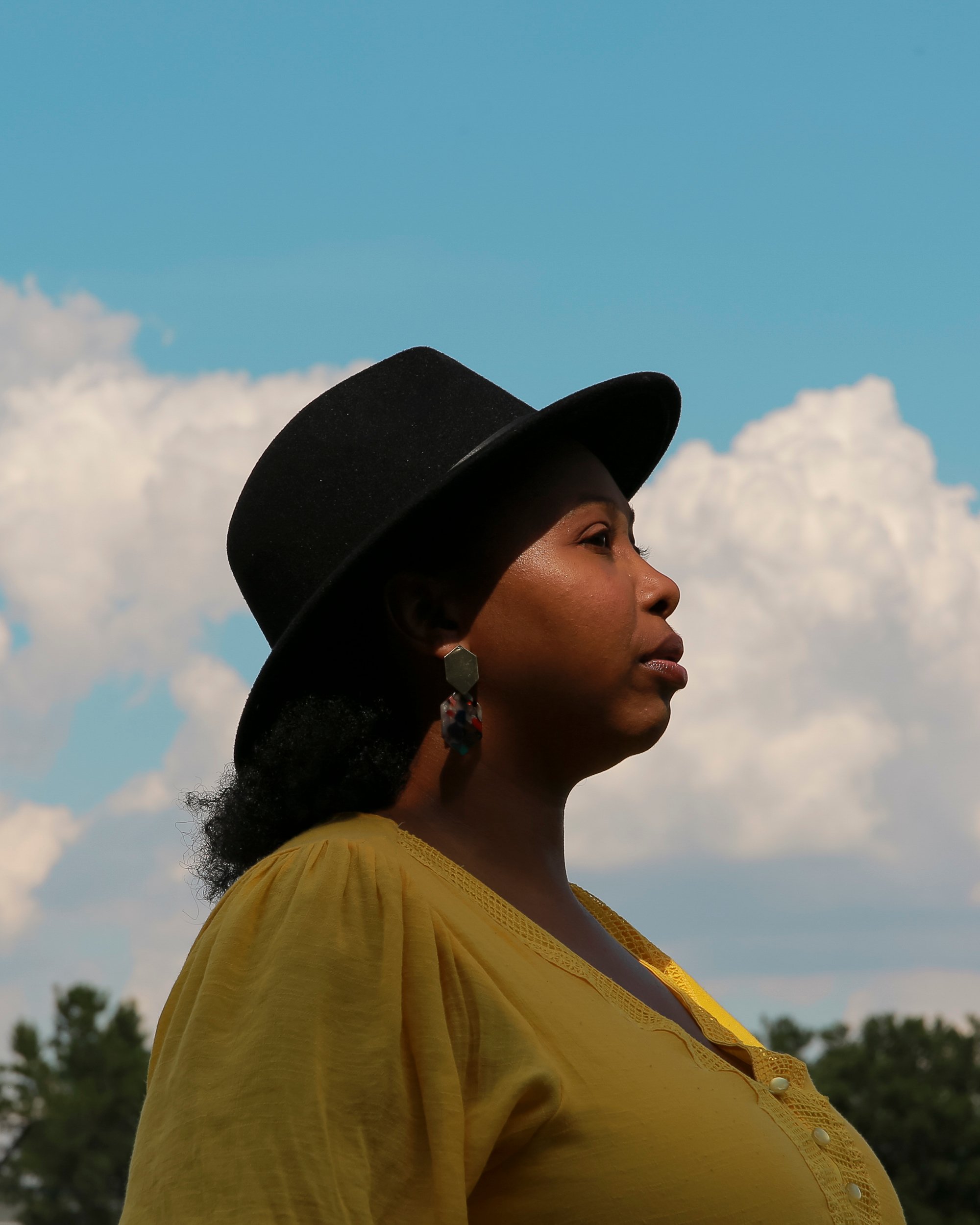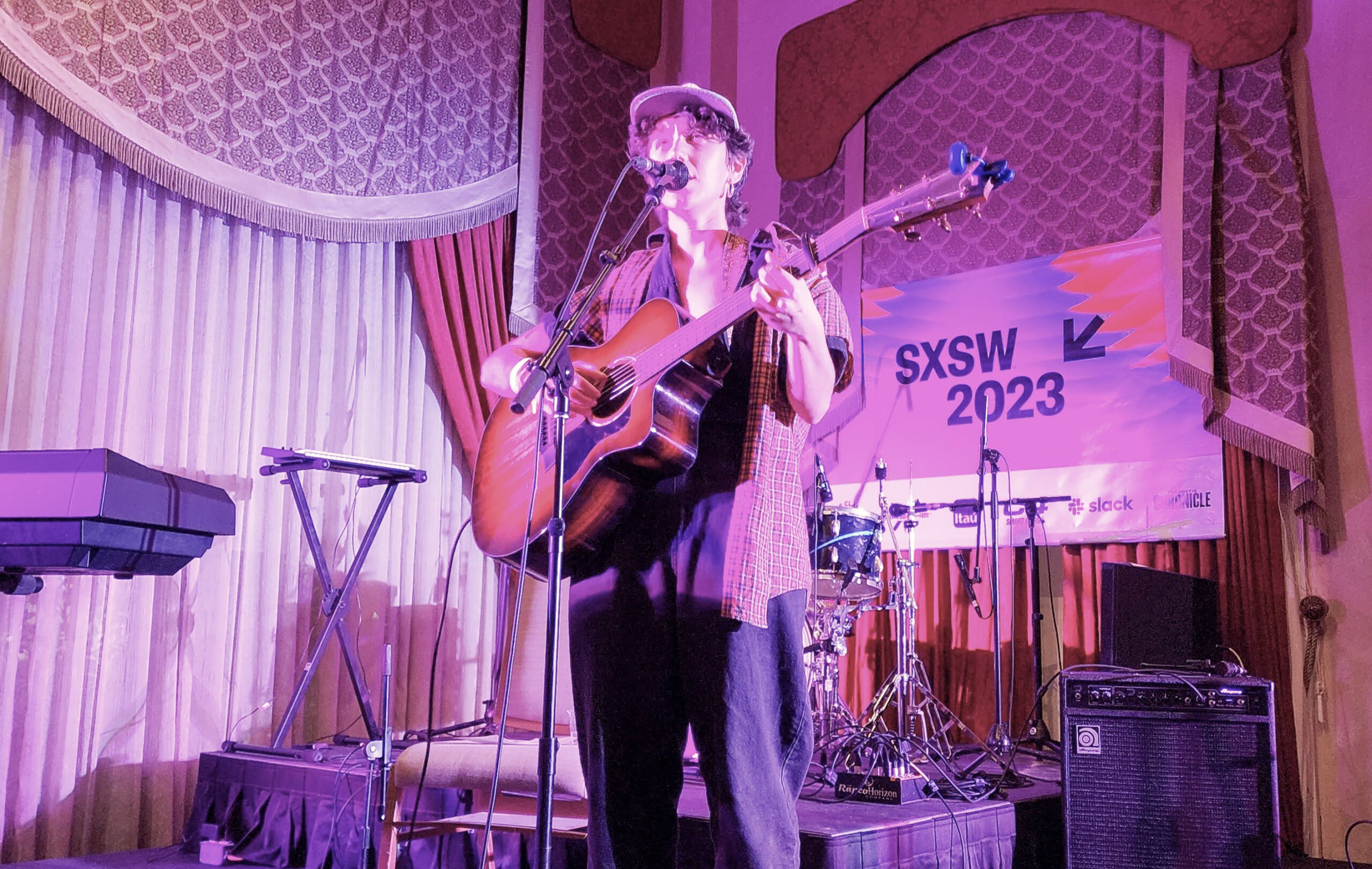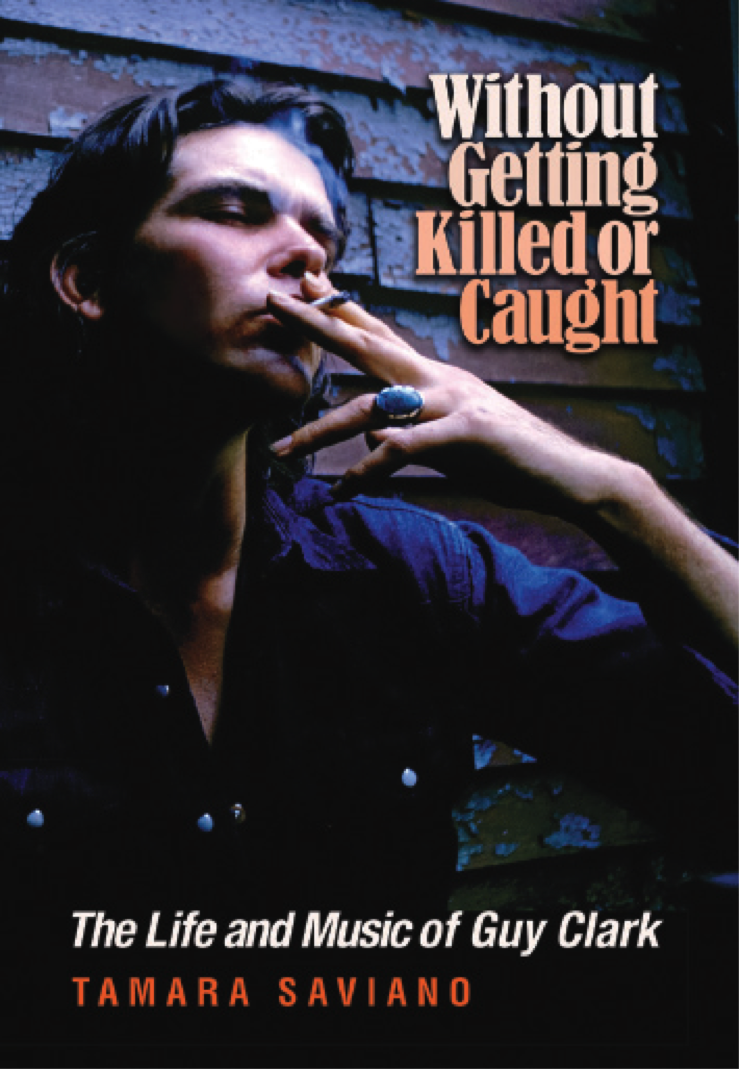
In ‘Without Getting Killed or Caught,’ Guy Clark Defies Categorization
Clark’s acoustic, finger-picked Southwestern-flavored songs were too countrified for folk and too folky for country — and the Nashville hit factory never knew what the hell to do with him.
A version of this story ran in the December 2016 issue.
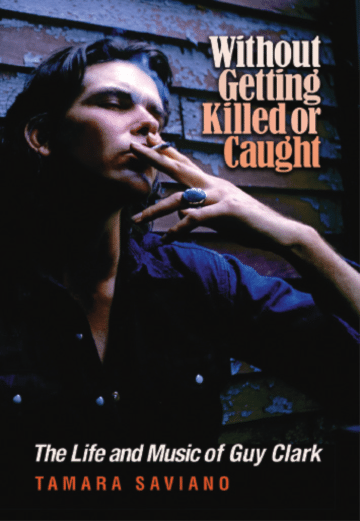
Few country music careers are rooted in nightly poetry recitals at the childhood dinner table, but Guy Clark was not your average born-in-a-barn country singer. As producer/author Tamara Saviano reveals in her biography Without Getting Killed or Caught: The Life and Music of Guy Clark, verse was not only appreciated in the Clark household, but was also in the family’s genetic makeup: The Clarks were descendants of 15th century English court poet John Skelton. And Guy Clark venerated Dylan Thomas, holding the Welsh poet’s use of language in the highest esteem. Clark’s songs, especially such modern Westernfolk classics as “Desperados Waiting for the Train,” “Texas 1947,” “L.A. Freeway” and “Let Him Roll,” exude a sort of protean poetic
sensibility using a decidedly Texan vernacular — or as Saviano describes his particular brand of songcraft, “vivid four-minute short stories about exotic people and locations.” He’s been compared to everybody from Larry McMurtry to Kris Kristofferson to Joe Cocker, but few of these really stick. Clark’s acoustic, finger-picked Southwestern-flavored songs were too countrified for folk and too folky for country — and the Nashville hit factory never knew what the hell to do with him.
Clark, who passed away in May at 74, was one of a select few country singer-songwriters who could get away with including “troubadour” in his job description. Ernest Tubb of Crisp was the first to earn the “Texas troubadour” moniker after hitting it big with“Walkin’ the Floor Over You” in 1941. Today, old-school road warrior Dale Watson is doing the lonely work of preserving the legacy of Tubb’s rough-hewn, electrified brand of attitudinal honky-tonk. But if you apply a more traditional dictionary definition of the word — as in, a poet who puts his or her verse to music — then Clark just might have been the truest troubadour Texas has ever produced.
Saviano’s book begins before the beginning, in a sense, as we’re introduced early on to the small-town West Texas characters who populated the hardscrabble Dust Bowl world of Clark’s parents and grandparents: the bootleggers, drunks, domino players, guitar pickers and oil field wildcatters who would serve as inspiration for Clark’s earliest and best-known songs. Saviano also traces Clark’s clean-cut formative years and fairly comfortable middle-class upbringing in sleepy coastal Rockport. Though after high school Clark flirted with the hippie drifter life in places such as Los Angeles and San Francisco, it’s his time in Houston that proved to be truly transformational.
After unceremoniously dropping out of the University of Houston, Clark cut his teeth in the then-thriving Montrose coffeehouse and beatnik folk scene. His Fannin Street bachelor pad was where the offbeat triumvirate of Clark; his eventual wife, Oklahoma debutante Susanna Talley; and talented but troubled singer-songwriter Townes Van Zandt would form their abiding bond. Clark eventually finds himself at the center of an eclectic H-town psychedelic folk scene in the mid 1960s, and Saviano does a bang-up job of rescuing this lost bohemian enclave from the black hole of Houston history. She gathers an impressive oral micro-history of Houston’s ’60s music scene, using colorful quotes from local luminaries (including Clark himself ) who witnessed the goings-on at long-vanished venues like the Jester, Purple Onion and Old Quarter. At the Jester, Clark opened for not only the likes of Texas blues legends Lightnin’ Hopkins and Mance Lipscomb, but also future pop-folk superstars such as John Denver and Judy Collins.
Yet, then as now, Space City was not exactly an ideal launching pad for serious music careers. So the tight-knit songwriting threesome of Guy, Susanna and Townes hit the road in the early 1970s to ply their trade in Nashville, where Clark had scored a $75-a-week job writing songs for a small publishing company. And it’s in the rendering of these lean years that Saviano’s writing excels, offering lively anecdotes highlighting the threesome’s whiskey-and-weed picking parties and romantic starving-artist lifestyle.
Even though Clark’s early songs would prove commercially viable when sung and recorded by more established, chart-conscious singers such as Johnny Cash or Jerry Jeff Walker, his own albums — lost classics Old No. 1 and Texas Cookin’, among others — made no concessions to Nashville’s fickle standards. In Without Getting Killed or Caught, Susanna gets hung with the reputation as the commercial hit-maker (she scored a No. 1 with “I’ll Be Your San Antone Rose”), whereas Clark is portrayed as the uncompromisingly difficult artist with no affinity for popular sounds. Yet this ongoing spin somehow rings false. Ricky Skaggs, for example, would take Clark’s previously dead-on arrival single “Heartbroke,” change the lyric “pride is a bitch” to “pride when you’re rich,” and presto — it shoots to No. 1 on the country charts.
But where most music biographies attempt to construct a comfortable Behind the Music-style rise-and-fall career arc, Clark’s trajectory doesn’t lend itself to standard music-bio sensationalism. If anything, Saviano portrays Clark as a figure of rock-like constancy in his artistry, as well as in his drinking and drugging. Clark frustrated one meddlesome Nashville producer after another, always keeping to his acoustic-folk roots even if it meant sabotaging his relationship with major labels. He never quite fit any format until the Americana subgenre arrived in the early 1990s to claim Clark as its own. Clark eventually found his footing with smaller country-folk-friendly labels including Sugar Hill and wrenched back control of the recording process. Finally, in his cocaine-and-whiskey- ravaged mid-50s, he was set free to be the autonomous fingerpicking acoustic-folk singer he always wanted to be.
The book’s coda, while somewhat scattershot thematically, ably navigates some emotionally unwieldy territory. It’s gratifying to read about Clark finally reaping the benefits of an ever-growing musical legacy, finding contentment in mentoring and collaborating with younger songwriters, not to mention building his own guitars. This was also a time when advancing age and years of alcohol and drug abuse began to disband the once-inseparable trio of Guy, Susanna and Townes.
It was Van Zandt’s premature passing in 1997 that sent Susanna on a slow spiral of her own, assisted by pain pills and terminal depression. But Saviano keeps a steady bead on Clark to the end. To Saviano’s credit, her tone, while reverent, is never overly sentimental. In fact, her epilogue features a morbidly humorous but note-perfect observation made at his funeral, one that the poetry lover in Clark would’ve appreciated for its metaphorical value. Saviano notes that Clark’s body was crammed into a coffin that was too small for his 6-foot-3-inch frame: “The top of his head was pressed against one end of the box and his feet pressed against the other. Guy Clark does not fit in a box.”
